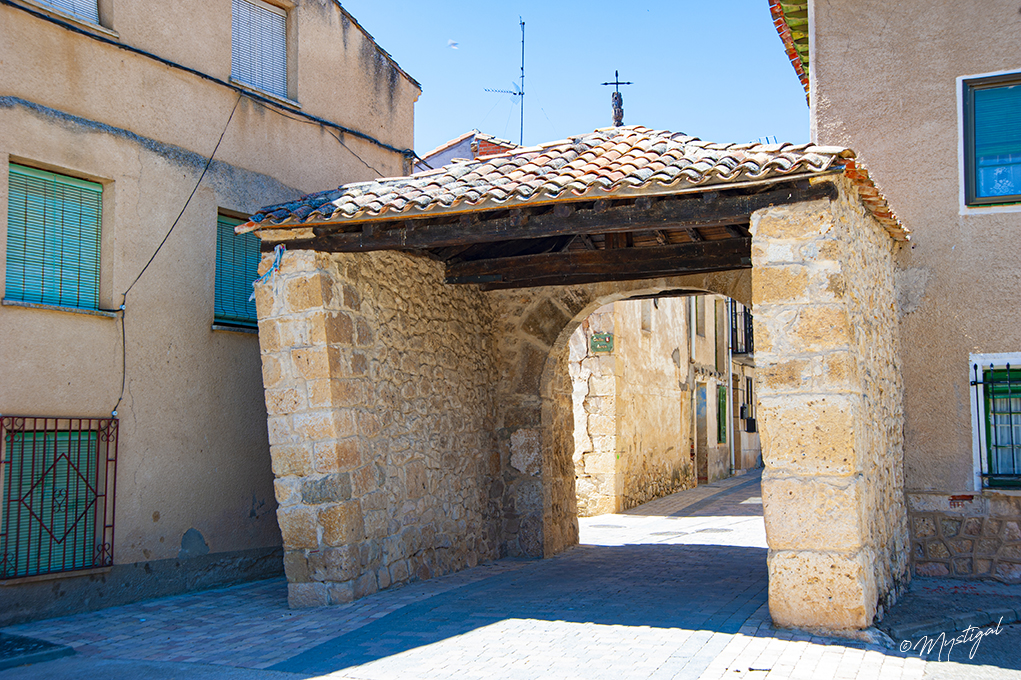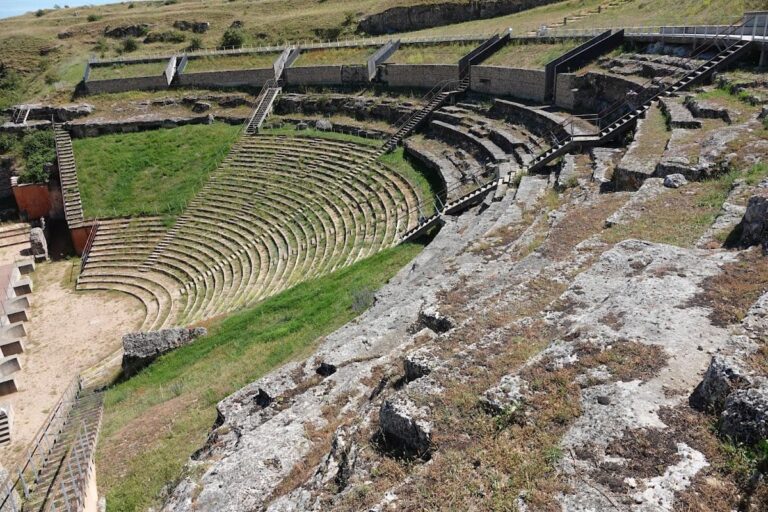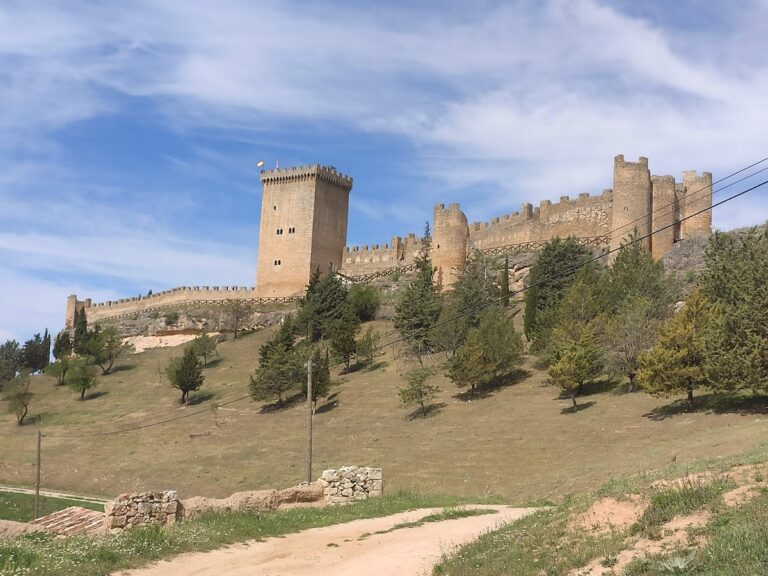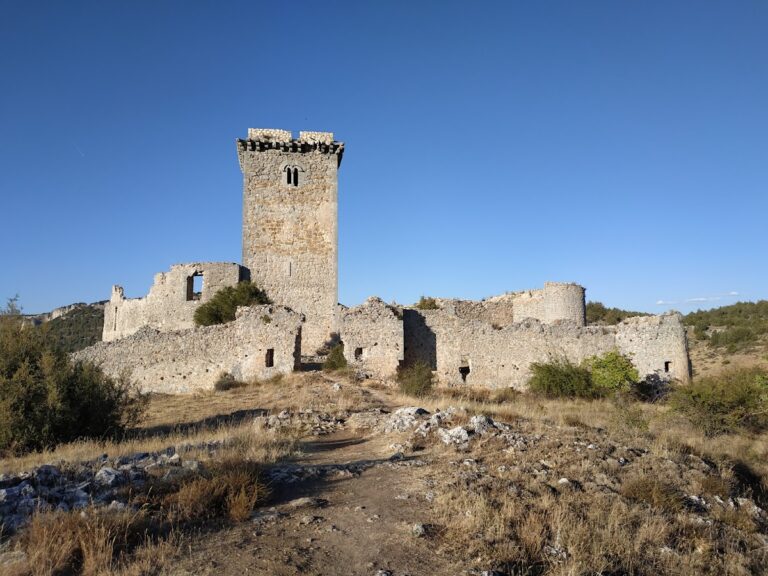Coruña del Conde Bridge: A Roman Bridge in Burgos, Spain
Visitor Information
Google Rating: 4.4
Popularity: Very Low
Google Maps: View on Google Maps
Country: Spain
Civilization: Early Islamic, Medieval European, Roman, Visigothic
Remains: Infrastructure
History
The Coruña del Conde Bridge is located in the province of Burgos, Spain. It was originally built by the Romans during the period of the Roman Empire. The bridge served as a crossing over the Arandilla River and was part of the Roman road which connected the city of Clunia with other regions.
Following the decline of Roman authority, the area came under Visigothic control. During this time, the bridge remained in use, and evidence suggests it underwent repairs, as seen in axe marks on some stones. After the Muslim conquest of the Iberian Peninsula, the site passed into Islamic hands. Later, in the 11th century, the territory was incorporated into the Kingdom of Castile.
Throughout the medieval period and into the Early Modern era, the bridge was maintained and repaired multiple times. These efforts helped preserve its structure and ensured its role along the historic Camino del Cid route, a path associated with the legendary Castilian knight El Cid. The bridge is one of only two surviving Roman bridges that provided access to Clunia, alongside the Puente Barrusio, both retaining much of their original Roman construction despite later modifications.
Remains
The Coruña del Conde Bridge measures about 20 meters long, 4 meters wide, and 3.20 meters high. It has an irregular layout with three semicircular arches spanning between 3.20 and 4 meters. The bridge was built mainly using rubble masonry, a technique involving roughly shaped stones set in mortar.
Notable features include pointed cutwaters on the upstream side, which protect the bridge from water flow, and rectangular cutwaters downstream, with the central one having a polygonal shape. The arches and the spaces between them are constructed with rubble masonry, and the first arch on the downstream side is lower than the others. The parapet, or protective wall along the edges, has been largely rebuilt in masonry.
The bridge preserves many original Roman materials and design elements. These include the consistent size of the arches, the downstream retaining wall, and carefully arranged wedge-shaped stones called voussoirs, along with keystones at the center of each arch. Some stones reused from the nearby ruins of Clunia bear Roman inscriptions in capital letters, showing the recycling of materials from the ancient city.
Repairs made before the 12th century are visible in the form of axe marks on some central vault stones.










